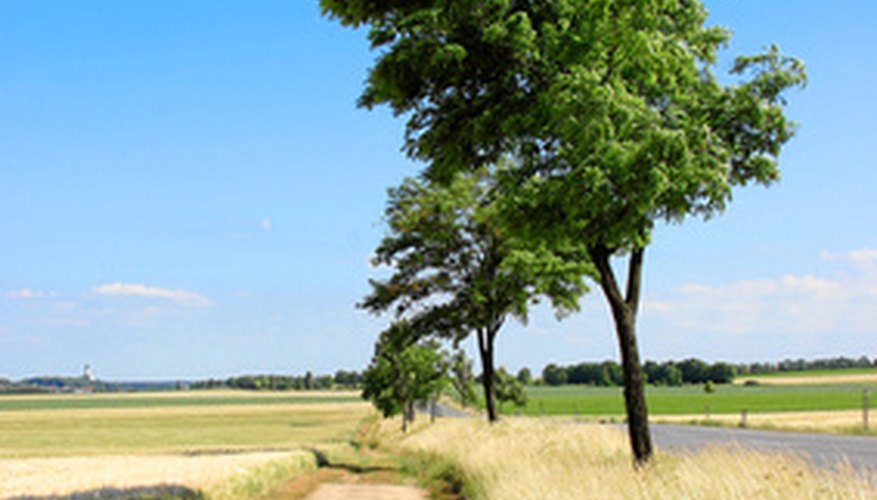Tordon Weed Killer--also known as Tordon 22K (5L) Herbicide--was a weed killer introduced by Dow Jones Chemical in 1976 to control various woody or scrub reeds that grew along railways, roads and around industrial areas. In 1988, it was banned in the United States; an active component, Hexachlorobenzene, is known to cause cancer and other diseases. Since it can still be purchased elsewhere for use, you may need to neutralise the weed killer if it gets used in your garden.
Apply a layer of kitty litter, sawdust, shredded newspapers or towels to the liquid Tordon immediately if it has just been spilt or applied. This will absorb as much of the pesticide as possible before it seeps into the ground. Put the soaked material into a plastic bag that can be sealed.
- Tordon Weed Killer--also known as Tordon 22K (5L) Herbicide--was a weed killer introduced by Dow Jones Chemical in 1976 to control various woody or scrub reeds that grew along railways, roads and around industrial areas.
- Apply a layer of kitty litter, sawdust, shredded newspapers or towels to the liquid Tordon immediately if it has just been spilt or applied.
Remove the top 2 to 3 inches of soil where the Tordon has been applied, using a shovel. Place the contaminated dirt in heavy-duty plastic bags that can be sealed.
Mix activated charcoal into the soil to absorb any residual pesticide. Charcoal is used to purify water, air and soil from various toxins, and will not harm plants. Use 45.4kg. of activated charcoal for every pound (or 454gr.) of Tordon used. Place a layer of topsoil over the charcoal once it is worked into the dirt.
TIP
Make sure tools are properly cleaned and decontaminated after use in the Tordon-contaminated area. You will need to decontaminate yourself after the garden has been neutralised. Use detergent and water to wash any part of the body that has been exposed, especially the hands, forearms, neck and face. Contact your local poison control centre to ask about proper disposal of the contaminated garden dirt.
WARNING
Lime can be used in place of charcoal, but only after the growing season as it can be harmful to plants. Apply lime in the fall or early winter. Do not flush the contaminated area with water, as that will allow the pesticide to run off into the ground and surrounding yard.
